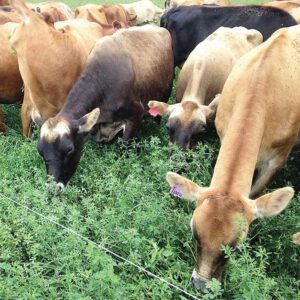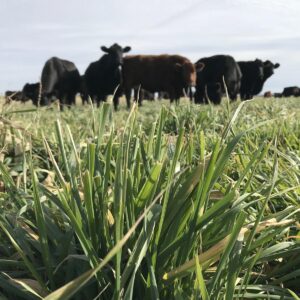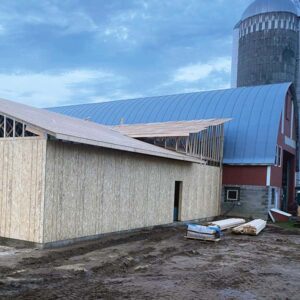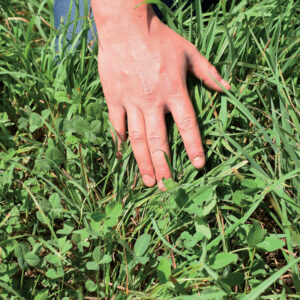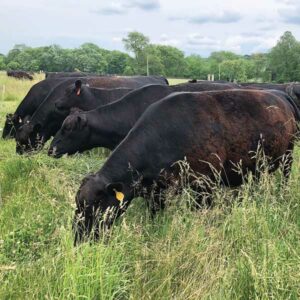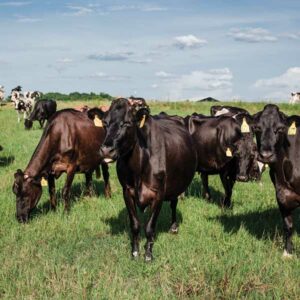Love of grazing led to launch of new venture
By Martha Hoffman Kerestes
Paullina, Iowa – Torray and Erin Wilson lost their organic route before they could even start dairying, but that didn’t stop them.
The couple persisted past many other bumps in the road, and today milk 120 organic, fall-seasonal cows in northwestern Iowa. The dairy fits well into the familyís farm system as a whole, and creativity has made it sustainable.
For decades the farm had been a 600-acre grain and 300-litter farrow-to-finish outdoor hog operation. It was fully certified organic in 2011.
The family decreased the hogs to 40 litters a year in 2002 and continued selling hogs to Niman Ranch. They did some ewe and cow/calf custom grazing, but were looking for a ruminant venture with higher profit potential and organic premiums. This venture was needed to utilize the forage produced in the organic crop rotation and possibly walk some grain off the farm, too.
That desire started the ball rolling toward dairy, even though it’s a major counter-cultural move to establish a new grazing dairy and seed pastures in a place surrounded by hog CAFOs, 5,000-cow dairies, and row crop ground selling for $14,000-$20,000/acre.
Continue reading “Starting a grass dairy in corn and hog country”
